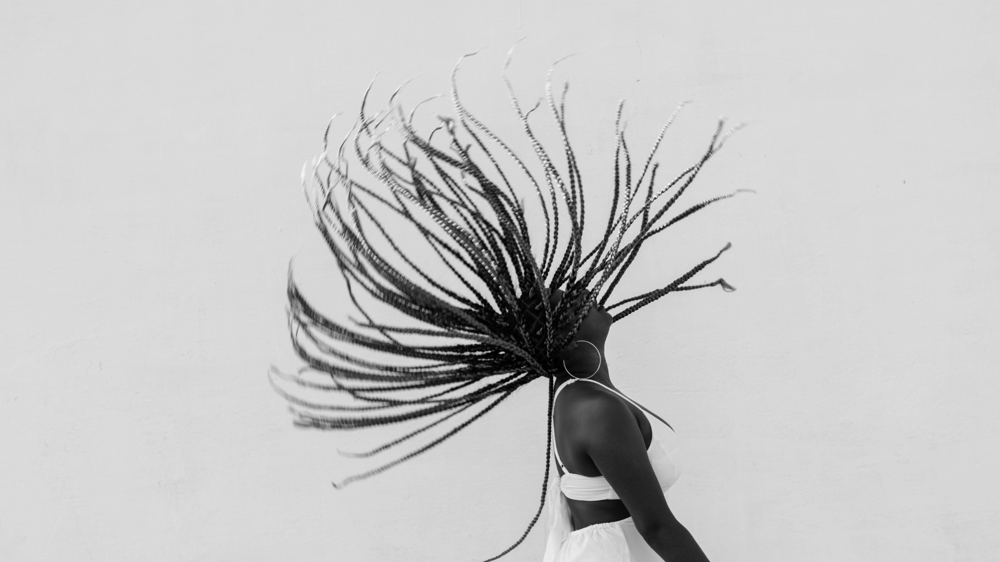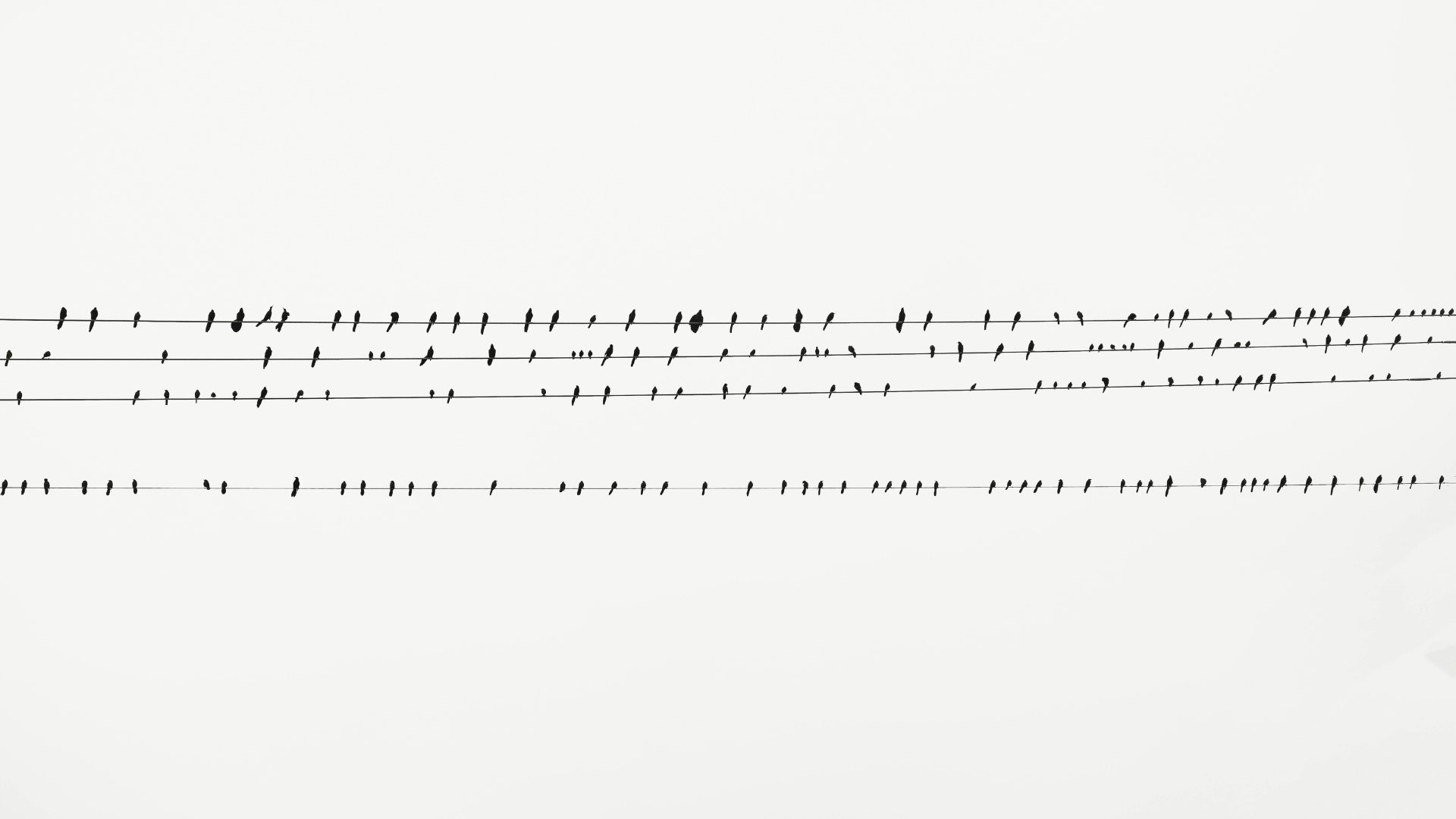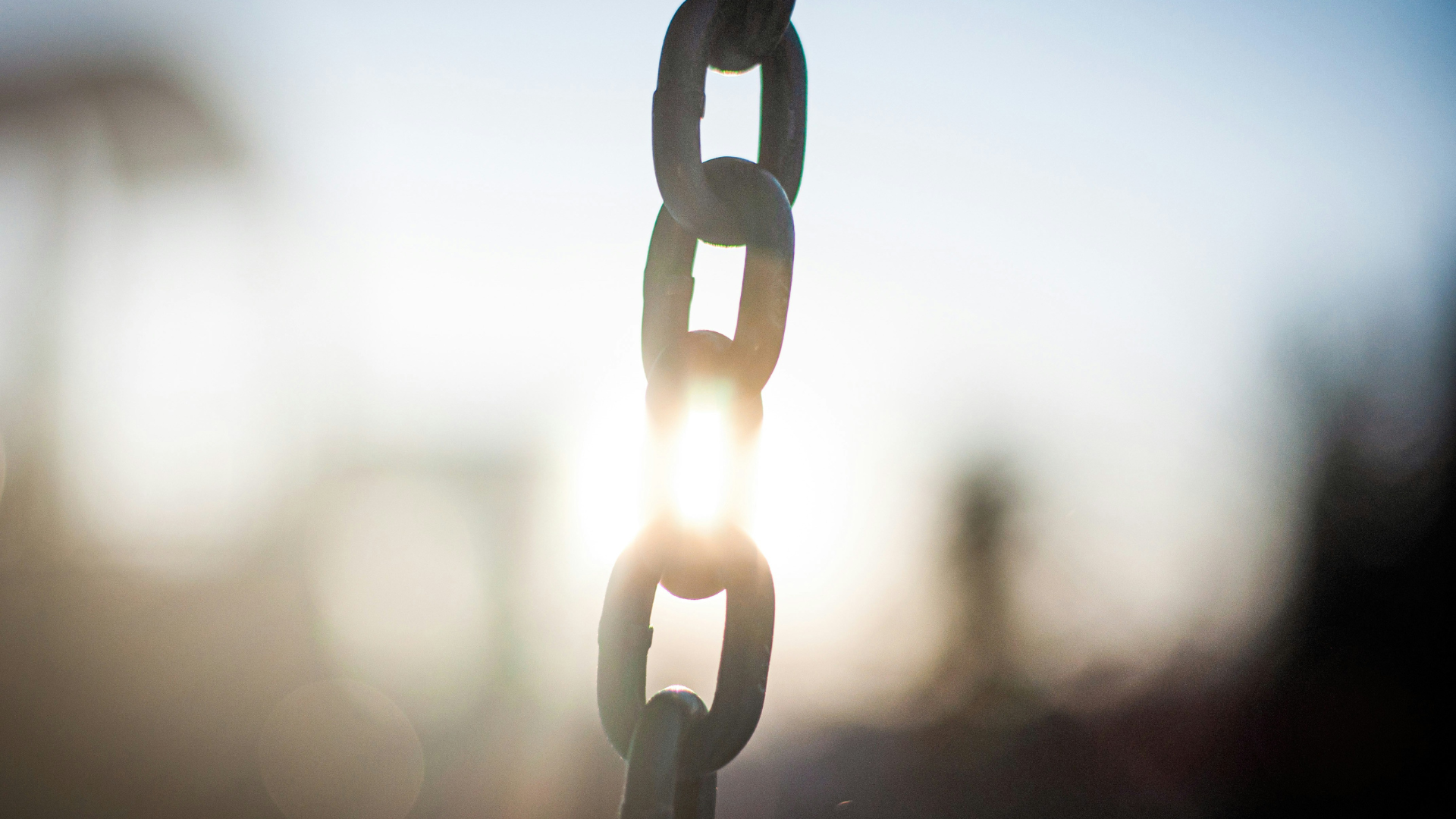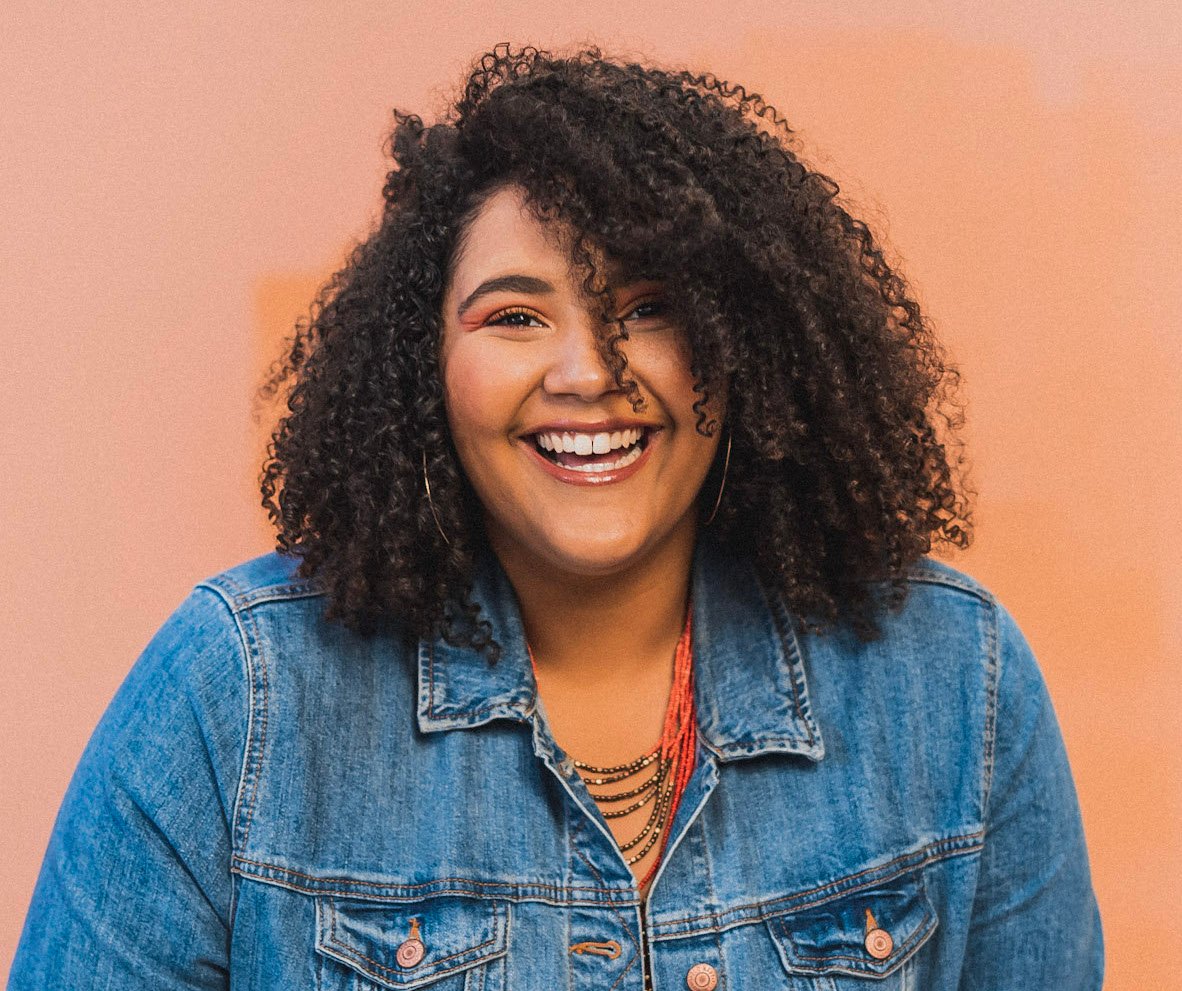
Another February has come and gone and so ends yet another Black History Month. Your school once again called for a feel good pop piece like ‘Lean on Me’ to perform during the celebratory school-wide assembly, or perhaps you programmed a jazzy uptempo rendition of “Swing Low Sweet Chariot” to finish out your winter concert. However your choir celebrated Black History Month, the sad fact is– it’s over. And even more sad? The likelihood that most choir directors won’t program any Black composers or repertoire until February rolls around again next year. So want to uplift Black voices year round, this three part series will provide you with a foundation of tips, tricks, and resources to help you program Black composers and repertoire.
One pitfall that choral directors often fall into is solely programming Negro Spirituals as if they are the extent of Black choral literature. Don’t get me wrong, there’s nothing wrong with Rollo Dilworth or Moses Hogan arrangements, they’re incredible in fact, but Spirituals are not the beginning, nor the end, of Black choral literature. That being said, if you are going to program African American Spirituals, it is pertinent that both you and your singers understand the historical significance and weight of the artform.
SPIRITUALS DEFINED
The Library of Congress defines the Spiritual as “a type of religious folksong that is most closely associated with the enslavement of African people in the American South.” However, this definition doesn’t do much to help us understand how the Spiritual came to be. During the length of the trans-Atlantic slave trade, enslaved Africans didn’t just leave their religious and music traditions back on the continent, they held tight and brought them alongside their selves to the Americas.
Over the years, different forms of legislation, such as The Negro Act of 1740, outlawed many of these practices, but enslaved Africans refused to let their heritage be erased. Instead, they continued to practice in secret and developed new music and dance techniques reminiscent of their original traditions, thus skirting the law. This, in addition to the admittance of Black people in white churches in 1750, laid the groundwork for the Negro Spiritual, for it was in the white church that enslaved Africans were first introduced to protestant hymns and psalms.
As Black-only congregations and denominations such as Baptist, Methodist, Catholic, and Presbyterian began to develop in the mid-1770s, these white hymns and psalms remained the main form of music in the church. However, after the turn of the 19th century, Black ministers began to encourage their congregants to sing African inspired songs, adding in improvisations, shouts, claps, and dances often performed in circles or rings. The moment Black people blended their ancestry with white European practices of psalm and hymn singing, the Negro Spiritual was born.

CATEGORIES OF SPIRITUALS
The next thing you need to know is there are a variety of Spiritual types that serve different purposes within the community. This includes work songs, campground meeting songs, sorrow songs, jubilees, and freedom or “escape” songs. It’s important to note that these categories came to be long after Spirituals were born (the term “Sorrow Song” was coined by W.E.B. DuBois in the 1900s) and are hotly debated, however, they can provide a helpful framework for those just dipping their toe into the world of Spirituals. As the Negro Spiritual is one of the largest forms of folk music in the United States, this post will present three to you: Sorrow Songs, Jubilees, and Freedom Songs.
SORROW SONGS
Sorrow Songs depict the woes and tribulations of the Black American existence. This includes, but is not limited to enslavement, as there are various modern- day works that could be considered a part of the genre. Sorrow Songs encompass the delicate balance between sadness and hope, as they often include a message of overcoming or longing for a better, brighter future and escaping the circumstances in which enslaved Africans were subjected to. Some of the most popular traditional Sorrow Songs include “Nobody Knows The Trouble I’ve Seen,” “Deep River,” and “Sometimes I Feel Like a Motherless Child.”
There are many incredible arrangements of these pieces out there, but here are some of my personal favorites:
- Nobody Knows the Trouble I’ve Seen, arr. Moses Hogan
- Deep River, arr. Alexander Lloyd Blake
- Sometimes I Feel Like a Motherless Child, arr. Rosephanye Powell
If you’d like to go the contemporary route with while Sorrow Song programming, there are many options and genres to consider. In his article, “Contemporary Sorrow Songs: Traces of Mourning, Lament, and Vulnerability in Hip Hop”, Joseph Winters writes that Grandmaster Flash’s “The Message,” Ghostface Killah’s “The Prayer,” and even Jay Z’s “Song Cry” are all modern versions of the Sorrow Song. However, if hip hop isn’t your vibe, songs like Andra Day’s “Rise Up,” Nina Simone’s “I Wish I Knew How It Would Feel to Be Free,” and “A Change Is Gonna Come” by Sam Cooke are all perfect examples of contemporary, lyrical Sorrow Songs.
Additionally, here are two of my favorite choral pieces that fall into the Sorrow Song category:
- Stardust, composed by B.E. Boykin
- Hear Me Roar, by Liv Grace, arr. Liv Grace & Grace Brigham
JUBILEES
In contrast, Jubilees are uptempo, rhythmic, and highly syncopated songs that rejoice about the promise of physical and spiritual freedom, as well as equality. Traditional Jubilees include “Ev’ry Time I Feel The Spirit,” “All God’s Children Got Shoes” (sometimes known as “Heav’n Heav’n” or “All God’s Children Got Wings”), and “Ain’t That Good News.”
Again, there are a plethora of arrangements of these pieces in the world, but here are my favorites:
- Ev’ry Time I Feel The Spirit, arr. Moses Hogan
- Heav’n Heav’n, arr. Harry T. Burleigh, ed. Cantus
- Ain’-a That Good News, arr. William Dawson

FREEDOM SONGS
Freedom songs can be either a ballad or uptempo, but are often associated with The Underground Railroad, as many believe that certain Spirituals were used as code to alert enslaved Africans on when, where, and how to escape to freedom. Songs with mention of movement such as “Swing Low, Sweet Chariot” were used to signal that one was about to attempt their escape. The lyrics of this particular Spiritual mention the Jordan River, which is of significance in the Bible, but in this case represented the Ohio River which separated southern states like Kentucky and West Virginia from its northern neighbors. The song also uses the lyrics “a band of angels coming after me” to symbolize the conductors of the Underground Railroad and their aid in bringing the enslaved to freedom.
Similarly, the Spirituals “Wade in the Water” and “Follow the Drinking Gourd,” use their lyrics to give those planning to escape to freedom the information they need in order to do so successfully. While “Wade in the Water” tells the way to evade detection from hounds and slave catchers by “troubling the water” to cover their footprints on the riverbank and using the water to wash their scent away; “Follow the Drinking Gourd” provides a celestial key to freedom– The Big Dipper, which contains the north star.
Below are some incredible arrangements of the aforementioned Spirituals:
- Swing Low, Sweet Chariot, arr. Stacey Gibbs
- Wade in the Water, arr. Moses Hogan
- Follow the Drinking Gourd, arr. André Thomas
One of the last (but definitely not the least) questions you should be asking yourself if you plan to program a Spiritual is the following: If an arrangement of a Spiritual is written in a dialect, or AAVE (African American Vernacular English) should my primarily white ensemble sing it?
This is a hotly debated and discussed topic, one that I don’t believe I’m qualified to give an answer to. But most of all, it’s not my decision to make– it’s yours. That being said, what I am qualified to do is leave you with this incredible resource from Felicia Raphael Marie Barber, “A New Perspective for the Use of Dialect in African American Spirituals.”
We just covered a lot, I know, but my hope is that you feel curious and are inspired to continue– or begin– programming Spirituals in your concerts year round.
“Always in the Black spirituals there’s that promise that things are going to be better by and by.” — Maya Angelou
The beauty of the Negro Spiritual is that at its core, these songs are about hope and humanity. Whether it’s an uplifting and energetic Jubilee, or a moving Sorrow Song, Spirituals have a way of peeling away the layers and allowing their listener to feel. Because no matter our skin color or background, we can all connect to themes of hopelessness, longing, and the belief that things will get better by and by.
What are your favorite spirituals? Share in the comments below.

Angelica Rowell (she/her) is a singer, actress, writer, and arts educator based in Los Angeles, California. She is adamant about the power art has to change perspectives, and strives to create works that open doors for marginalized peoples while educating others in hopes of creating a more understanding and just world. As a creative, Angelica has sung as a session singer on the soundtrack for Avatar 2: The Way of Water and as a featured soloist for the LA Philharmonic’s centennial commision by Pulitzer Prize winner, Ellen Reid; performed in musicals and operas, including The Industry’s acclaimed Sweet Land, debuted various plays with theatre companies across Los Angeles, and co-wrote two episodes on AMC Allblk’s TV show, SNAP. She is also a member of Los Angeles’ premier women’s choir, VOX Femina and social justice choir, Tonality. In addition to her creative work, Angelica has guest lectured at universities, led and created social justice based workshops for adults and youth, is a founding member of the arts non-profit Black Light Arts Collective (BLAC), and serves as the Diversity, Equity, and Inclusion Consultant on Bay Area-based theatre company, Poison Apple. She holds bachelor’s degrees in theatre and classical voice from the University of California, Irvine.

